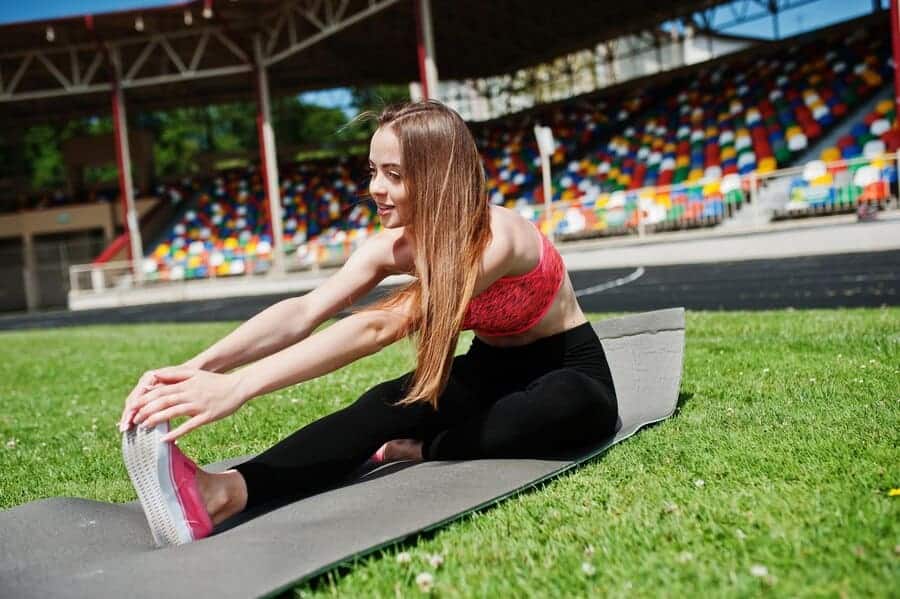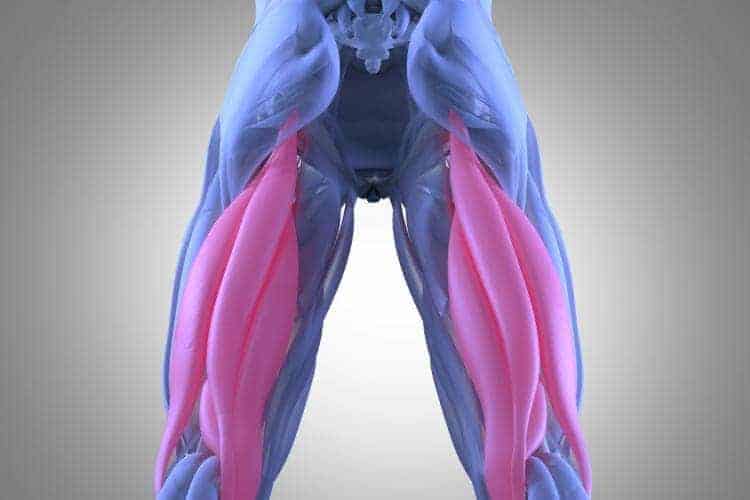Hamstring Muscle Strain: Rehab Pilates

Hamstring muscles are the most overused muscles of the body. And a hamstring injury is one of the most common injuries, especially among athletes who run at fast speeds like sprinters, footballers, basketball players and those who stay in a squatted position for long such as skaters, skiers and dancers. But a hamstring strain can occur in the most regular of activities. Such an injury occurred to our founder, Moushumi Kuvawala. In this blog, we discuss how the doctor became the patient and had to do rehab Pilates to heal her hamstring injury.
The function of the Hamstring Muscle
Your hamstring muscles are located in the back of the thigh, starting at your hip and inserting into the knee. There are soft tissues or hamstring tendons that attach the muscles to the bones of the pelvis, knee and lower leg. These are a set of three muscles viz. biceps femoris, semimembranosus, and semitendinosus.
The hamstring muscles are responsible for knee flexion and hip extension. These muscles play an important part in the complex gait cycle during walking. There is an interplay between the hamstring’s contraction and the quadriceps’ contraction, which is an antagonist muscle of the hamstrings.

Hamstring muscle strain
A hamstring muscle strain is the result of overstretched muscle fibres by a rapid extensive contraction or a violent stretch. It can range from mild to severe. There are three grades:
- Minimal muscle damage and rapid rehabilitation
- Partial muscle rupture, pain and some loss of function
- Complete tissue rupture, pain and functional disability.
It usually results in sudden pain in the posterior thigh. A popping sound might be heard if it is a grade 3 severe tear. Sometimes the injury results in inflammation. Large hematoma and scar tissue can be caused by a complete tear.
How does a hamstring strain occur?
Hamstring strain can happen because of two reasons: overuse or incorrect use. Constant use, especially in its outer range can make the muscles stiff. We require the hamstrings to work well both concentrically and eccentrically. With the sedentary lifestyle, our knees are mostly in flexion and hamstrings are not being used in the inner range at all. This can also lead to weakness too.
Alternatively, if either your quadriceps femoris is overactive or you have weak glutes, the hamstrings will work overtime and can lose pliability.
A lot of people who have a sudden height growth spurt during their adolescence, tend to have shorter hamstring muscles physiologically as compared to the femur which is the longest bone in the body.
Case Study
Moushu’s Pilates’ Founder, Moushumi Kuvawala, recently had a hamstring strain. She is very flexible and not extremely tall, so in general, she wasn’t susceptible to a hamstring strain. However, recently due to long-drawn severe chest congestion, her activity level had decreased. Due to reduced immunity and muscle pliability, a simple activity like climbing off the moving carriage of the reformer led to a snapped hamstring.
Initial rehab included rest and icing to reduce inflammation. But as the muscle starts healing, it is better to incorporate rehabilitative movements to avoid scar tissue.
She started with outer range hamstring work in prone. It is essential to work on lengthening the muscle to increase its pliability. As she had lost strength in the injured led, it was unsteady. Thus, along with working on the hamstrings, she worked on quads, glutes and single leg work to regain balance and strength on that leg.
Watch the video below to see the exercise routine she followed and you can work on strengthening your hamstrings as well.
Conclusion
Remember that a tight muscle is a weak muscle. A strong muscle is one that works optimally eccentrically and concentrically and is pliable. Work on strengthening your hamstrings before you end up injuring them. Try Pilates at one of our studios.
